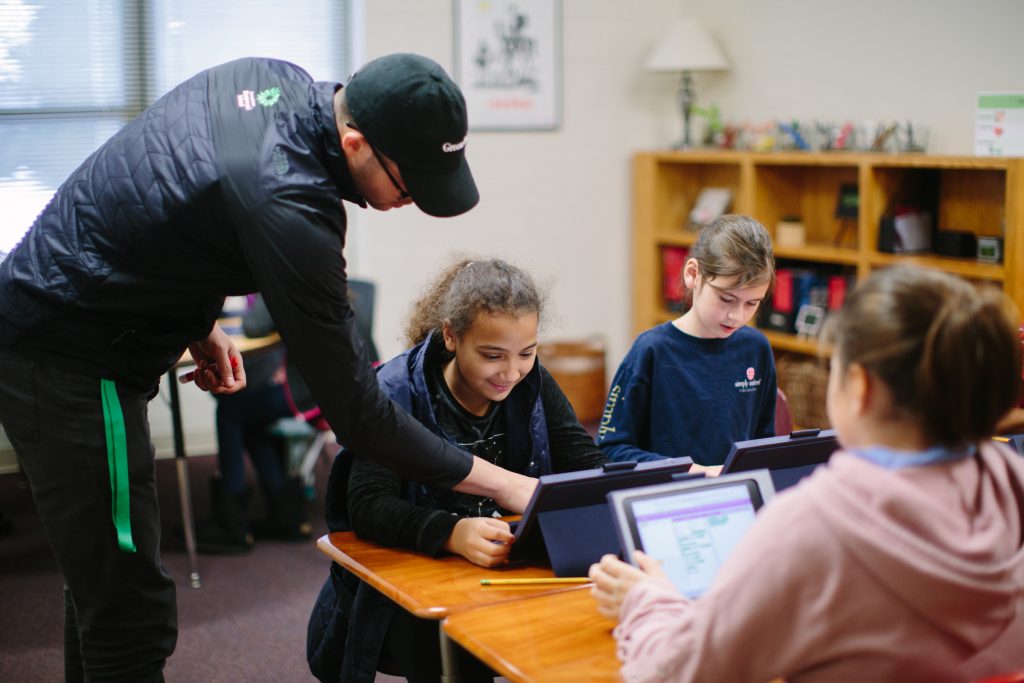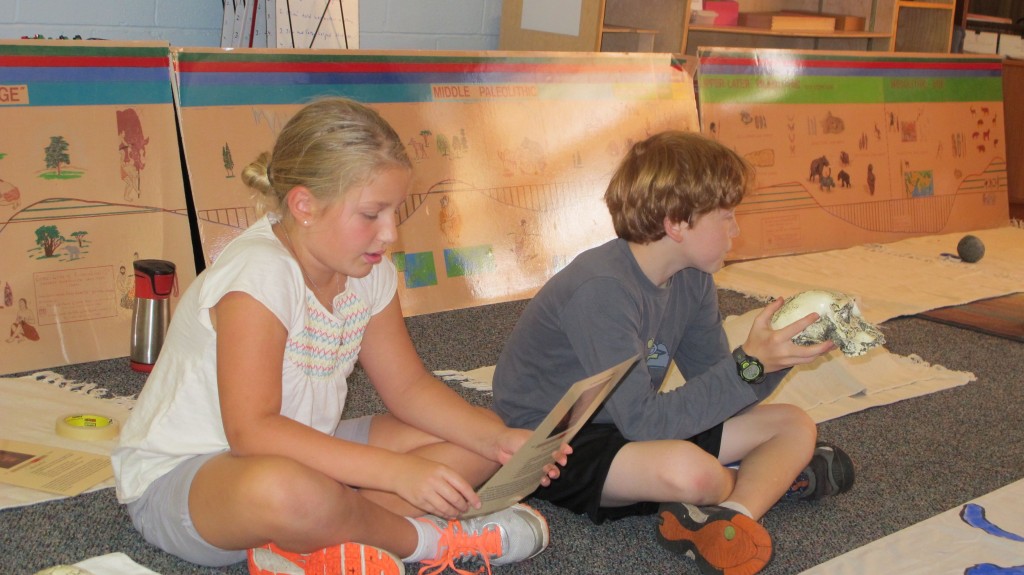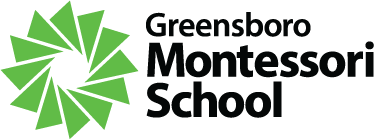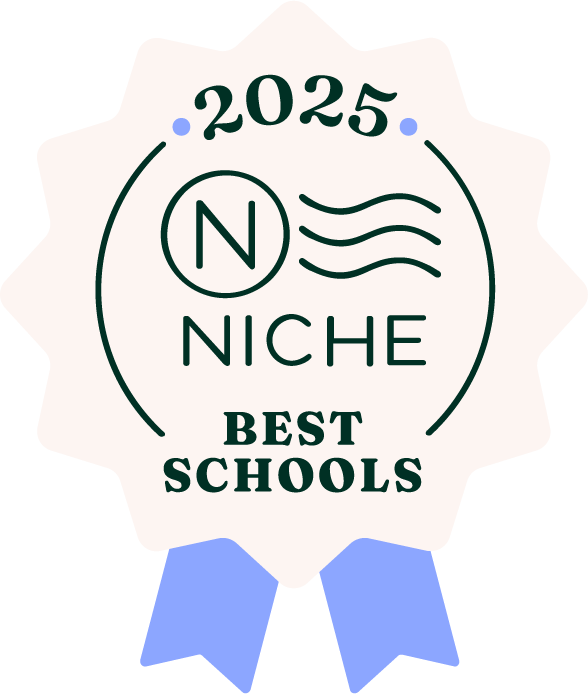Fourth to Sixth Grades
The Upper Elementary Curriculum builds upon and expands upon the Lower Elementary Curriculum. Children in the upper elementary grades are still inquisitive, community oriented, and universally aware. They continue to question all aspects of the world in which they live, and use their minds to reason and to conduct research; however, their reasoning may also become more abstract and their research more specific. In accordance, the curriculum allows for an exploration of a range of topics with opportunities for depth of study. Students may participate in lessons that include the history of mathematics, the physics of flight, mineralogy, chemistry, algebra, geometry, and literature, to name a few. Lessons on note taking and test taking are an integral part of the curriculum in preparation for Junior High.
Project based learning (PBL) is an approach toward study and work that closely mirrors Montessori pedagogy. Through PBL work, students will apply agency and independence while working with team members toward worthy and valuable public products. Through research, experience, reflection, and the creation of a public product, students engage in PBL projects through multi-disciplinary study and real-world application of the skills and knowledge they are developing.
The Language Arts curriculum consists of three main components: grammar, writing, and reading. It is designed to reinforce prior knowledge in mechanics and conventions of writing such as punctuation, capitlization and spelling. The children complete an in-depth course in narrative and research writing and are exposed to a variety of novels, short stories, poems and essays, which prepares them for the more intensive research and writing that will be required in Junior High.
Math is taught using a variety of didactic materials and presented individually or to small groups of children, depending on the individual student’s needs, pace and learning style. Math and geometry materials continue to build on their math foundation and also introduce children to beginning algebra, square and cube root, base systems, and powers of numbers. In conjunction with the Montessori materials, students may also begin to use textbooks as part of their math studies.
Explores The Montessori Timeline of Life: with specific attention to the Timeline of Early Humans, Ancient Civilizations, the Middle Ages, the Age of Exploration, and the early American Revolution. Integrated with these timelines, students study the five kingdoms of living things as well as Physical Science and an introduction to Chemistry in conjunction with the Science curriculum. Geography is integrated into the history curriculum.
Students participate in a number of individual and group projects in order to further integrate their skill development in language and math with their study of history, science, the arts and other cultural subjects. Examples include:
- “Family History Project” where students research their family history and prepare a family tree
- Create stepping stone mosaics
- Paint in the style of Michaelangelo (on their backs)
- Fourth & Fifth level students perform the annual Medieval Fare Fair event lead by the sixth level students, who act as the directors of the program.

Upper elementary students obtain technology licenses to use MacBooks and iPads in a safe and responsible manner. The classroom features a technology cart offering easy access to these resources as needed for classroom assignments. Each student has a Google Drive account, which gives the ability to easily access projects at school or home and access Google Classroom to view a weekly schedule and assigned work.
Smartboards are used for lecture-style lessons providing an interactive learning experience. This classroom technology is also incorporated into the students’ public speaking and presentation skills, as students are encouraged to use SmartBoards to share book reviews and projects with their peers.

Upper Elementary also leverages online resources to complement its math curriculum and introduce computer science. Students use IXL Math, an online program, to complete specific math assignments. The site keeps a record of all work completed by each student including accuracy levels and time spent, features which also assist in time management skills and personal accountability. Faculty introduce computer science through Code.org, a nonprofit corporately sponsored by leaders in the industry such as Amazon.com, Apple, Facebook, Google and Microsoft. Students work in pairs to complete self-paced curriculum every Friday.
Science curriculum is integrated into the History timelines – the five kingdoms of living things. Students also study Physical Science and receive an introduction to Chemistry.

Science and Environmental Studies are enhanced by using the School’s gardens and the GMS Land Lab campus for research and exploration. Geography lessons explore the biomes around the world. The experiential learning the children do on the Land whets their interest for the extended experiences they will have on the Land in Middle School.
The schedule for Upper Elementary is flexible, providing time for individual and small group study as needed. Some students may require more time than others to master a concept of complete a project effectively. In addition to the work/study time devoted to integrated work, set times for study in the Liberal Arts includes:
- Spanish – 2 times a week for 50 minutes
- Art – 2 times a week for 50 minutes
- Music – 2 times a week for 50 minutes
- Physical Education – 2 times a week for 50 minutes
GMS’s dedication to supporting children in becoming effective communicators and resolving conflicts peacefully continues throughout the Upper Elementary grades. Faculty support students by devoting the time that is needed to involve the students in using their own ideas and decisions in order to come to peaceful resolutions of difficult social situations.
Community Service is an important component is the Upper Elementary Curriculum. Students take responsibility for maintaining the environment:
- Care of classroom pets and plants
- Recycling and composting
- Cleaning tables, shelves , sinks and other areas in the classrooms
- Community service projects in the Greensboro community


